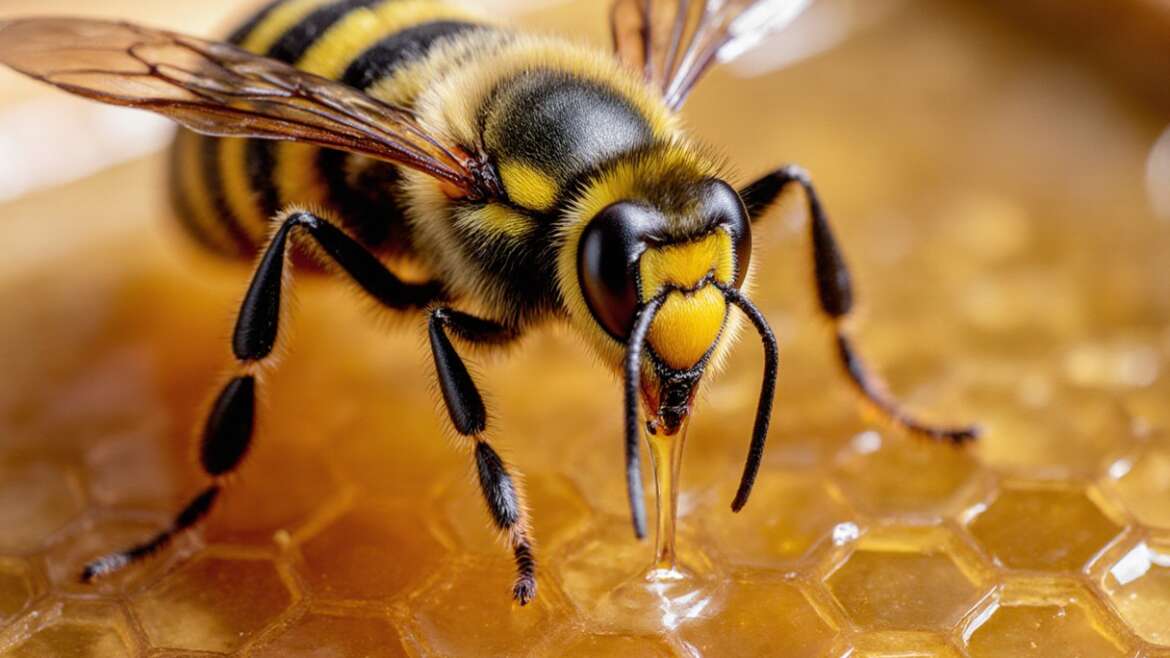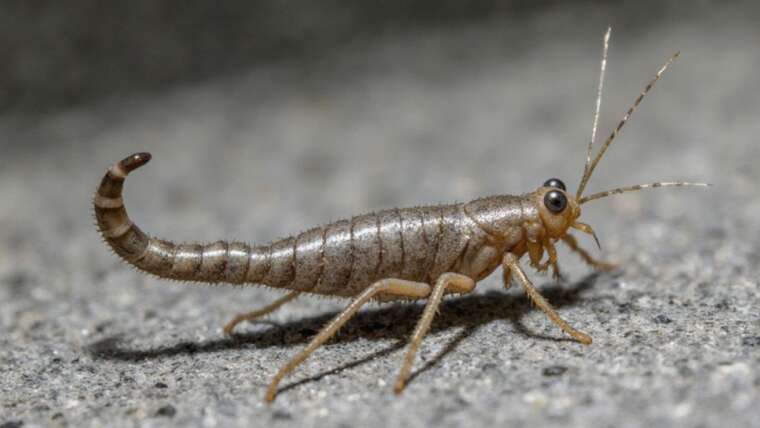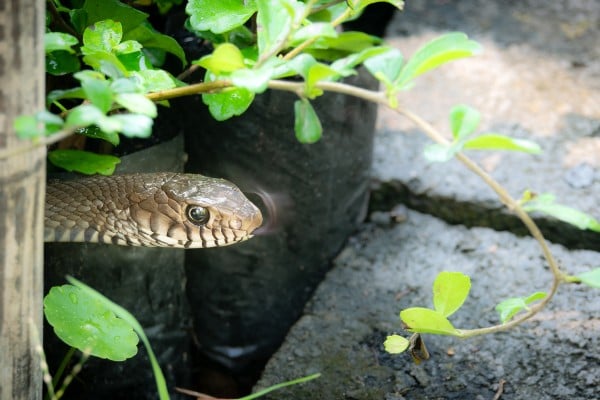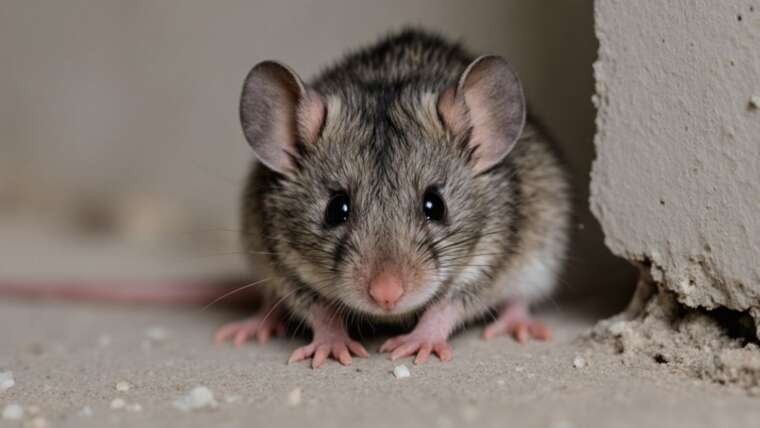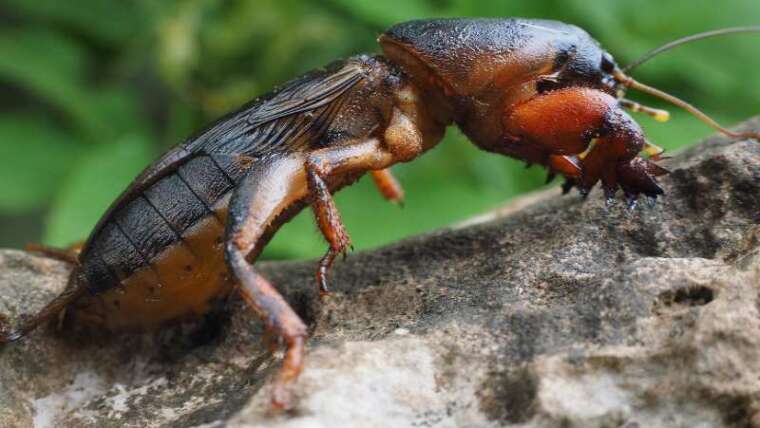The Role of Pollinators
It’s widely acknowledged that bees play an essential role as pollinators for a significant portion of the world’s food supply and flowering plants. Interestingly, hornets, though often overlooked, also contribute to pollination in the United States. While honey bees are credited with performing over 80 percent of all pollination for cultivated crops, other insects, including various types of hornets, also play a part in this critical ecological service.
Tip: To enhance your garden’s pollination, plant a variety of flowering plants that bloom at different times of the year, attracting both bees and hornets throughout their active seasons.
First Things First: What Are Hornets?
Hornets belong to the wasp family, making it challenging to distinguish them from other wasp species. Globally, there are about 20 species of hornets; however, only one true hornet species, the European hornet (Vespa crabro), is commonly found in the United States. This species can measure between 3/4 to 1 3/8 inches long and features a distinctive brown body adorned with yellowish-orange stripes.
In addition to European hornets, homeowners might frequently encounter bald-faced hornets (Dolichovespula maculata), which are technically yellowjackets. These pests are generally smaller, ranging from 5/8 to 3/4 inches long, and instead of the brown and yellow pattern of their European cousins, they exhibit black and white coloring.
Tip: If you notice hornets around your home, observe their flight patterns. European hornets tend to nest in trees, while bald-faced hornets often build aerial nests in shrubs and other vegetation.
Do Hornets Make Honey?
When seeking food for their colonies, bald-faced hornets consume spiders and small insects to nourish their larvae. Similar to honey bees, hornets do collect honeydew and sugary plant juices. However, unlike bees, hornets lack the hairy bodies that facilitate the efficient collection and transport of nectar and pollen. This hairless characteristic limits the amount of liquid hornets can carry back to their nests.
Bees convert nectar into honey, serving both as a food source and a means of energy for their hives. On the other hand, hornets do not produce honey at all.
Tip: While hornets don’t make honey, you can encourage local bee populations by planting bee-friendly flowers, providing a direct source of nectar.
The Dangers of Hornets
Hornets can pose risks to homeowners and their families. Unlike bees, which can sting only once before dying, European hornets can sting multiple times, making them potentially more dangerous when threatened. According to the Mayo Clinic, while severe allergic reactions to hornet stings are uncommon, symptoms like redness, itching, and swelling can occur.
If stung, it’s advised to remove the stinger, clean the area with soap and water, apply a cool compress, and use a 0.5 or 1 percent hydrocortisone cream to alleviate discomfort. Furthermore, if hornets build their nests in locations that are not a problem, experts at the University of Maryland suggest leaving them undisturbed, as this helps avoid unnecessary irritation of the colony.
Tip: Prepare a first-aid kit that includes essentials like antihistamines and hydrocortisone cream. Quick access can help manage any unpleasant reactions to hornet stings.
Seasonal Behavior of Hornets
As winter approaches, the majority of hornets in a hive will die off due to the cold weather. The few survivors usually include the newly mated queens, who will abandon the old nest in search of a suitable overwintering location. Unlike many insects, hornets do not reuse their old paper nests. This characteristic makes it preferable to leave hornet nests alone until winter, as any disturbance can provoke the colony unnecessarily.
Additionally, homeowners can discourage hornets from approaching by turning off outdoor lights. Bright lights can attract insects, and reducing this allure can help minimize their presence near your home.
Tip: Consider installing yellow or LED lights in outdoor areas; these are less attractive to bugs, including hornets, helping to create a less inviting environment for these pests.
In summary, while hornets are often viewed with trepidation, they play important roles in our ecosystem. Understanding their behaviors, contributions to pollination, and effective management strategies can enhance both human and insect experiences in shared environments.

